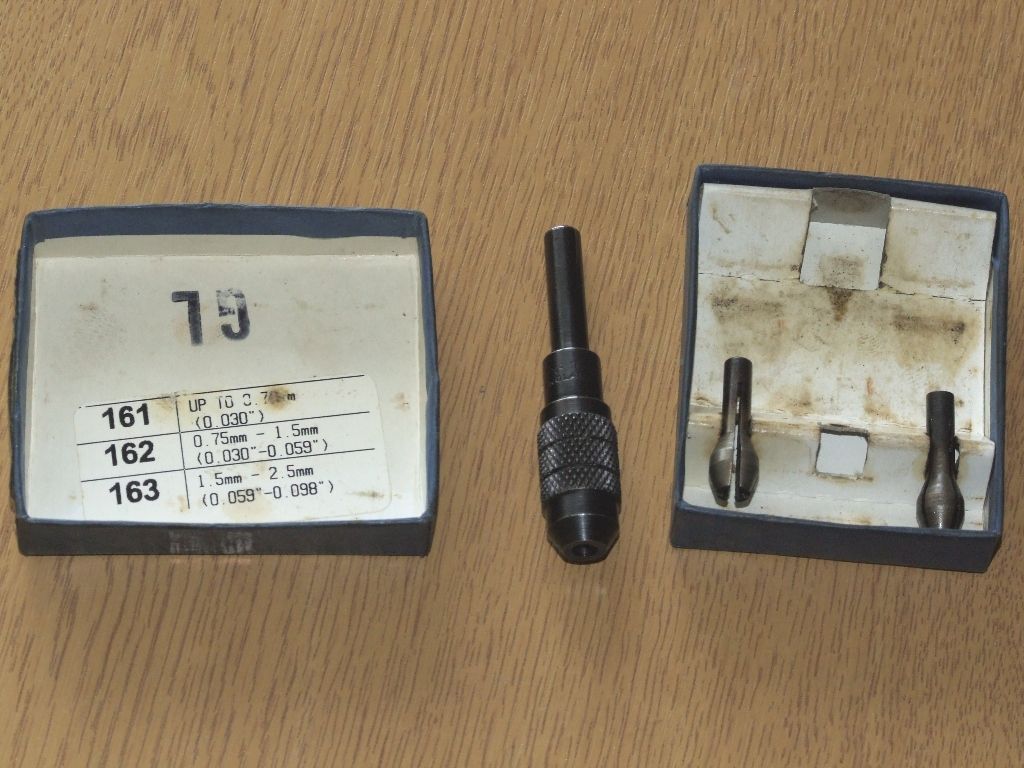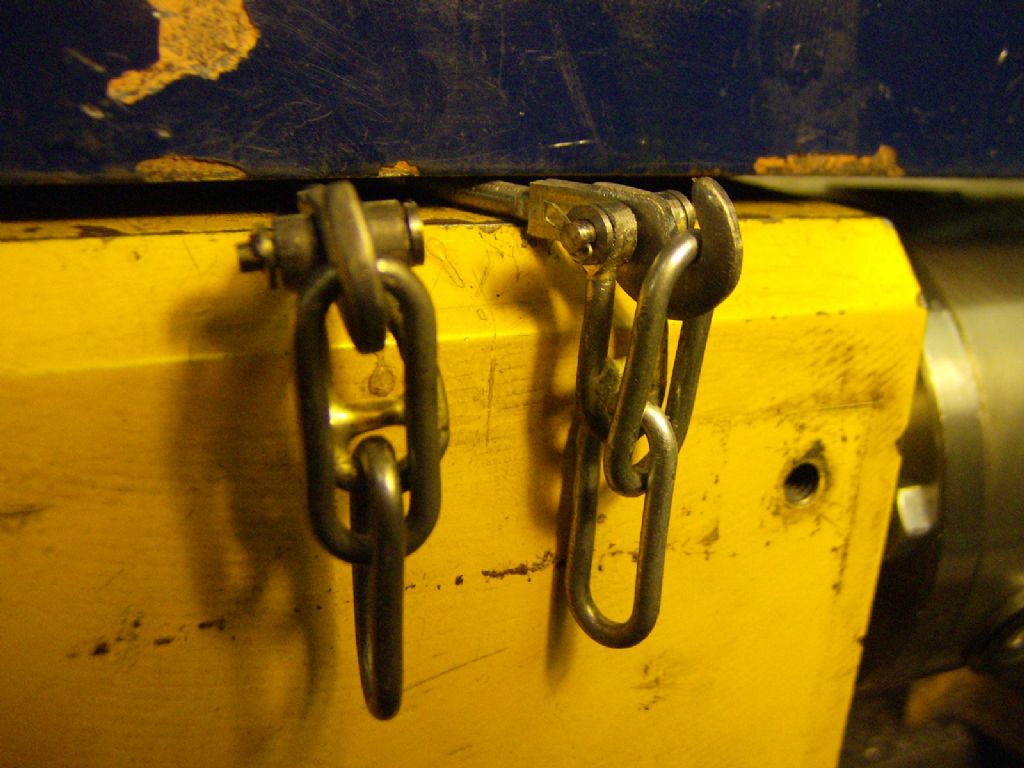Thank you all for your suggestions.
The problem with your first suggestion Jason B is that I need to hold the drill to drill a hole to hold the drill………..etc!
I like the second idea better, and the micro drill adaptor will be very useful as will the small chuck.
I have ordered from ARC Euro Trade in the past and their service is astounding. On both occasions I placed an order on Thursday night (Eastern Australian Standard Time) and the items were delivered on the following Monday morning to my Melbourne address. And the prices were about 60% of what I would have paid here, even after air freight of about $45 per kilo. And the delivery was quicker than when I ordered from a firm on the other side of Melbourne.
I have a number of pin chucks, and have used them in the past for small drills, but none are concentric and they can only be used with a hand held drill where they centre temselves. A bit too fraught for 25 thou.
There is insufficient clearance for locknuts, but the split nut is a thought. Any comment on that!
I had not planned to file or flatten the wire – I can barely see it, hence the hole twice the diameter, plus it's less fragile.
Thanks all of you.
John A
jason udall.


 splitins into 0.6mm (0.024"
splitins into 0.6mm (0.024"





